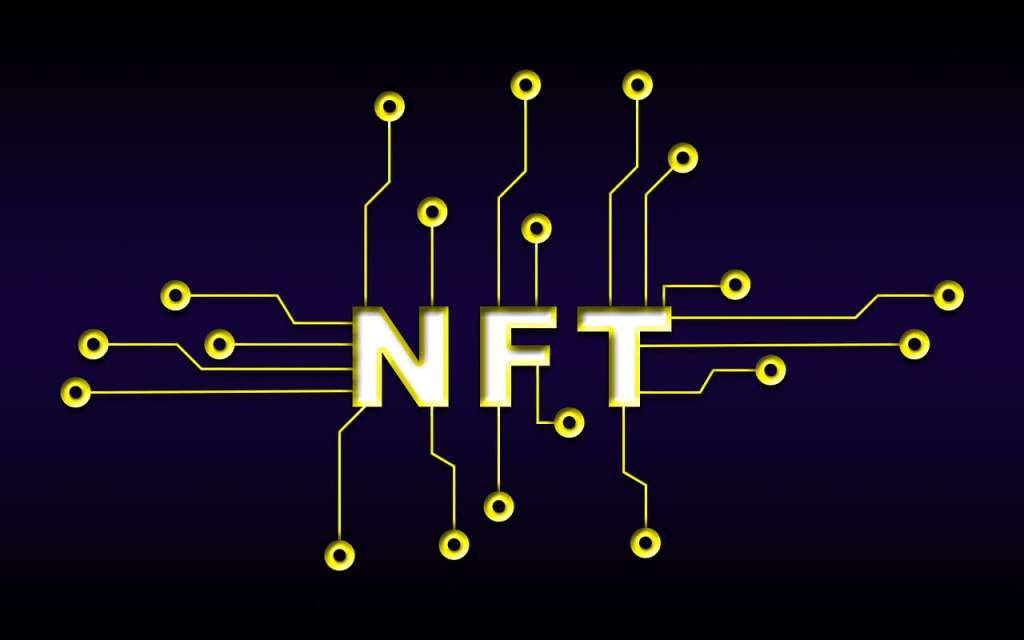NFTs are a type of blockchain-based, decentralized application. The first NFT was CryptoKitties, and these unique creatures have recently been awarded the status of being the largest decentralized network in the world by dAPPs explorers. You can check expert blogs to get more information on NFT trading and trading strategies. A TRC-721 is a subtype of NFT token which conforms to standards set by Open Zeppelin — it is an ERC-20 compatible token with additional features that allow for “smart contracts” to be built on top of them.
A user’s asset can be held in a virtual wallet which is not visible to anyone but that user and is controlled only by them. It solves problems related to ownership such as theft, forgery, and destruction — NFTs are indestructible as they are immutable digital assets on the Ethereum blockchain.
On the other hand, a fungible token is interchangeable — if one unit is removed from a set of units, it will not affect the value of the remaining units in that set. Fungibility can be considered identical, interchangeable currencies in use around the world, making up a global currency system. For example, a set of digital poker chips would be considered fungible because they represent an identical amount with which to wager on any given hand in any game. Let’s discuss some unique features of non-fungible tokens.
Non-fungibility:
Non-fungibility can be used to address many issues related to digital assets. In the case of ERC-20 tokens, a unique asset can also be called a fungible token because every ERC-20 token is entirely interchangeable with any other ERC-20 token of the same type. NFTs, on the other hand, are not interchangeable — each one is unique and cannot replace another NFT for any reason, such as theft or destruction. Tokens that are not fungible can be designed to have a fixed supply.
Fixed supply:
Commonly non-fungible tokens are designed with a fixed supply. For example, over the past few years, CryptoKitties have been limited to one thousand collectible kitties each according to their “Genesis Date”, which is the day in early December 2017 when the very first cat was born. The scarcity of CryptoKitties resulted from the fact that they were initially scarce as they had no real-world counterpart before they were released in December 2017.

Each NFT is exclusive:
The exclusivity of non-fungible tokens makes these tokens valuable and scarcer, whether it is artwork or collectible. For example, in the CryptoKitties network, ownership of a cat is recorded according to a non-fungible ID (NID) which is generated during the creation of a CryptoKitties via their sire and has its unique attributes for each kitty in the collection like traits as well as birth date, generation date, etc.
CryptoKitties have its own custom-built NFT smart contract that implements all aspects of a virtual pet game, including providing an owner with Kitty Core which allows them to make decisions related to each one of their cats. In addition, it gives the NFTs an intrinsic value and requires an on-chain transaction to be made if a particular transaction is recorded in the blockchain to prove ownership of an NFT.
Proof of Ownership:
Proof of Ownership (PoO) is a type of non-fungible NFT where ownership is recorded in the blockchain by proving that one possesses a particular bit string of data used as an address or token. Proof of Ownership has recently been used to prove the authenticity or provenance of certain assets, like paintings by particular artists or collectibles such as Beanie Babies. In addition, some networks have recently used the Proof of Stake (PoS) consensus mechanism to verify property rights over real estate properties.
Non-fungibility solves another critical issue which is non-transferability.
It is because NFTs are not transferable but can be broken into parts or transferred into units. Another example of an NFT implemented is the Ocean Protocol blockchain project which has announced the launch of its marine life marketplace, allowing participants to support marine conservation projects by “adopting” an animal from the wild and helping collect data related to its survival to support conservation efforts.
Undeniably NFTs are non-transferrable, but you can transfer the ownership of an explicit token by selling it to a marketplace to other users. For example, ocean Protocol is a non-fungible NFT in which each token is designated as an entity with its core, state, and rules that define the entire ecosystem.
Proof of Ownership has recently been used to prove the authenticity or provenance of certain assets, like paintings by particular artists or collectibles such as Beanie Babies. In addition, some networks have recently used the Proof of Stake (PoS) consensus mechanism to verify property rights over real estate properties.









